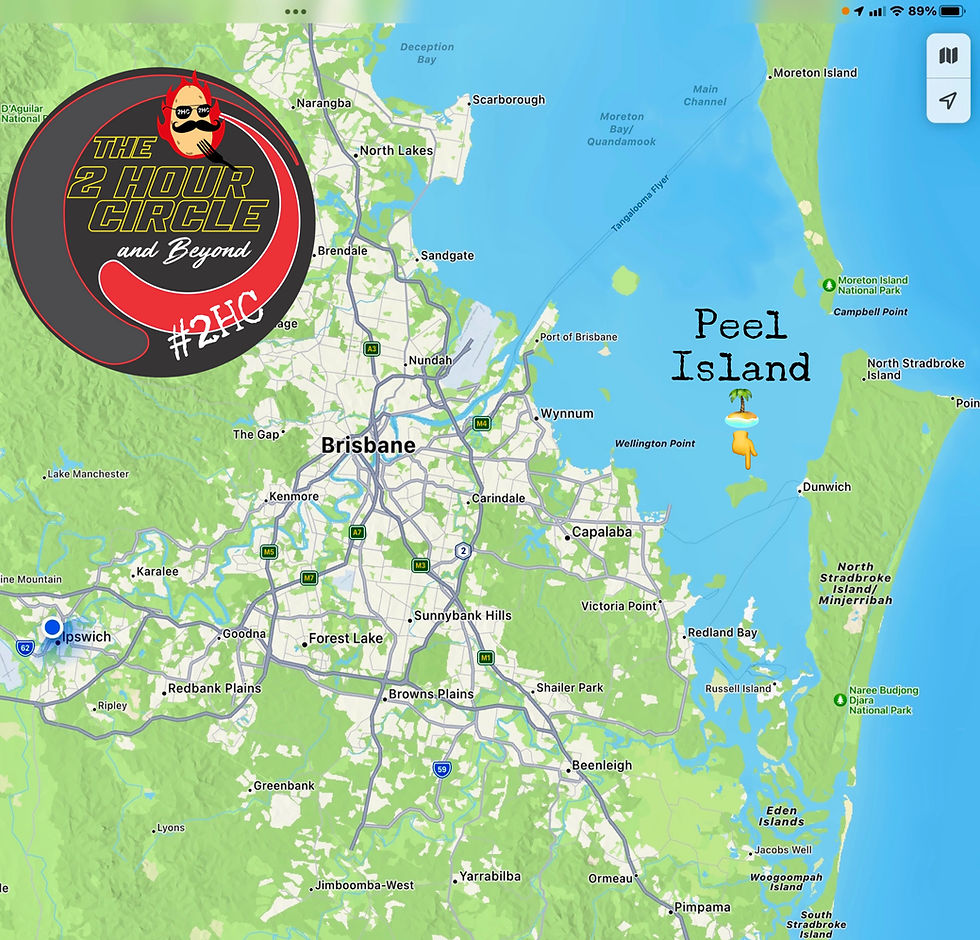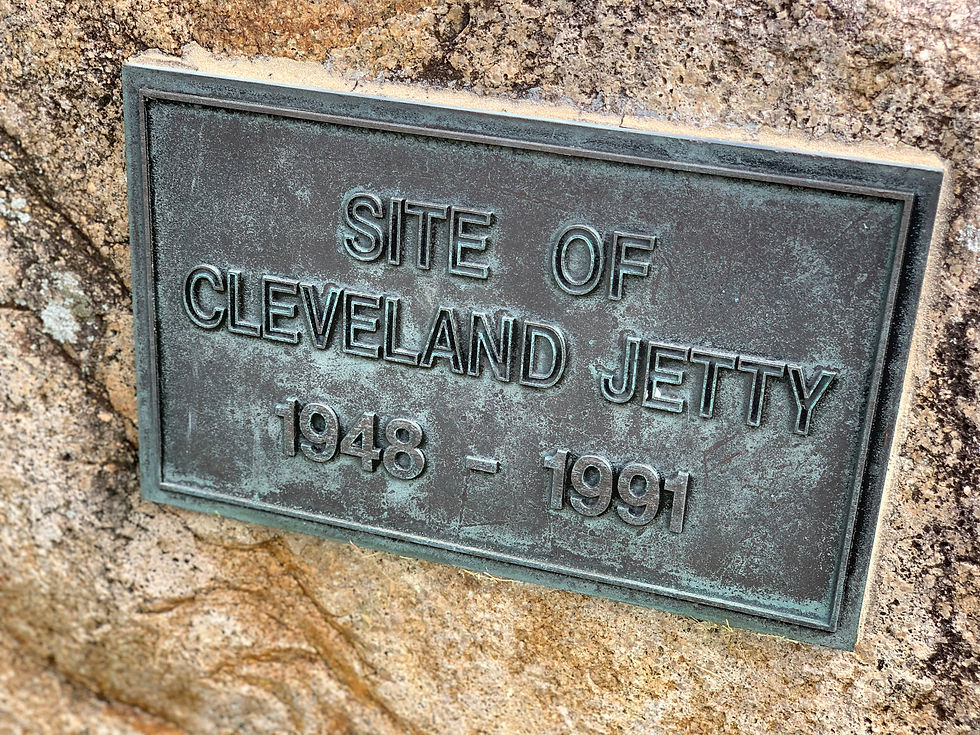peel island lazaret (leper colony)
- Dalase Shilling
- Dec 14, 2022
- 3 min read
In 1892 the Queensland Government passed the Leprosy Act. Those who contracted the disease were sent to designated Lazarets for treatment.

Did you know that, if you drive to Paxton Street’s dead end in Cleveland, stop your car and look out across the water you can see a small island? That island is a representation of – well let’s just say – not our finest hour in history. Yes, boys and girls, Peel Island was one of those designated places. It is currently owned by Queensland Parks and Wildlife and is a national park.
I also heard a rumour that, at one point, the island was for sale and nobody wanted to buy it because, you know, ooooo germs. It functioned as a Leper Colony
for around 50 years. People diagnosed with the disease would be taken to the island from the jetty at the end of the street, and were not allowed to leave.
Leprosy came to Queensland in the 1850’s, brought by the Chinese miners who came to the goldfields. With very little natural immunity to the bacterial disease it rapidly spread to the Aboriginals and South Sea Islanders. By the 1890’s, some Europeans had also contracted the disease so this is when the government decided to pass the Act.
Over the years there were around 500 people taken to Peel Island for treatment, some short term as they responded well to the treatment trials and others for many years.
All in all, there were 200 deaths on the island and, with the fear of the disease, these people were buried alone on the island as they were not allowed back to the mainland to their families.
There was very little to do on the island, so you might be bored to death and if boredom didn’t kill you, then some of the treatments for the poorly understood disease just might. Add to that, the mosquitos. It might not have been all bad though, unless of course you were subject to segregation. European folk were treated to tiny cottages where there was a bed in a single room and timber floors, but if you were not European, then your accommodations were a luxurious tin hut with a dirt floor that turned to mud in the rain, a timber frame and corrugated iron exterior. Oh, and no single rooms, just one shared bunkhouse. After complaints were made, the dirt floors were replaced with concrete floors however, it’s unlikely that you would even consider keeping your livestock in there.

You were allowed to have visitors, but visitations were kept brief (30 minutes a fortnight). In the case of one lady named Phyllis Ebbage, she and her husband decided that it would be best if the children did not visit and she even proposed to her husband that he file for divorce once she realised that she may be on the island for an extended stay. She was, separated from her family for 12 years, for a condition she would later learn that she didn’t even have (though some of the treatments did make her sick). For further details on her story click on the link below. https://www.youtube.com/watch?v=58PEMWltFtM&ab_channel=statelibraryqld
Around 1959 the Lazaret was decommissioned, as a proper treatment for Leprosy was found and those that remained on the island (not having died in the meantime), were taken to Brisbane for treatment. Now here’s the real kicker – it was discovered after this time that the strain of leprosy which infected it inhabitants was not contagious.
I found the story of the island to be quite fascinating and hope that you do too.If you would like me to investigate a little further and perhaps do some filming on the island, please let me know in the comments.













Comments